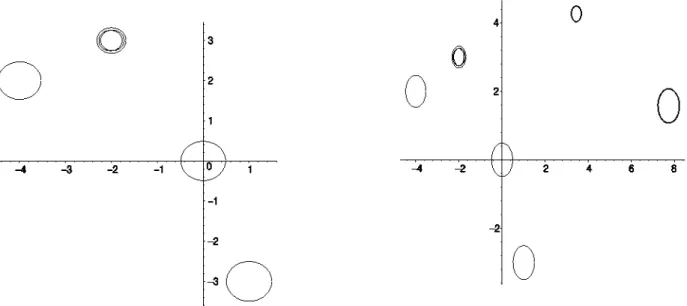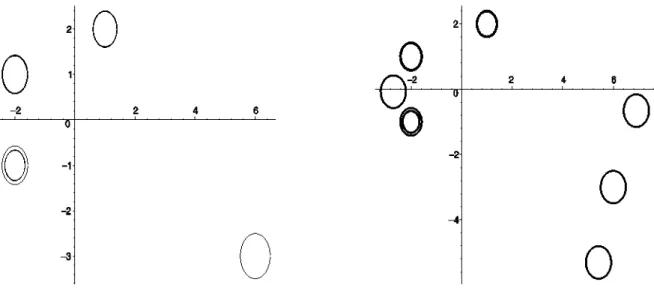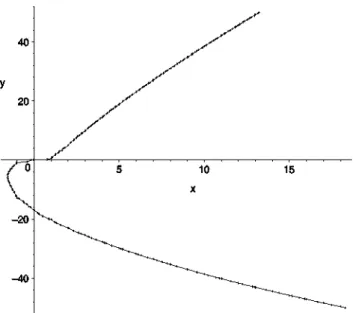Approximate parametrization of plane algebraic curves by linear systems of curves
Texto completo
Figure




Documento similar
“Shimmer yinar dhenewan” Catalogue for a touring exhibition curated by Another Space and produced by Highland Regional Council. “Shimmer yinar
Our purpose in this note is to present a new proof of the Khalimsky’s Jordan curve theorem using the specificity of the Khalimsky’s plane as an Alexandroff topological space and
We use this notion of continuity to derive an analogue in Z 2 of the Jordan curve theorem and to extend to a quite large class of locally finite metric spaces (containing all
The algebraic K-theory of the ring of integers Z If we apply the results of the previous sections to the special case of the ring of integers Z, we first know that E(Z) = SL(Z)
The geometrical affine invariant study we present here is a crucial step for a bigger goal which is a complete affine invariant algebraic classification of the hole family of
The main tool used is the decomposition of any rectifiable closed curve in a sequence of Jordan curves plus some curves with null index functions and an exceptional set.. 1
A formula that expresses the index in terms of the gradient of F and the index of the 1-form dy − p dx, de- fined on a surface with isolated singularities M was also obtained.. One
Bishop proves and discusses equivalent formulations of the traveling salesman theorem expressed in terms of different multi-resolution families, (see, Appendix B in
